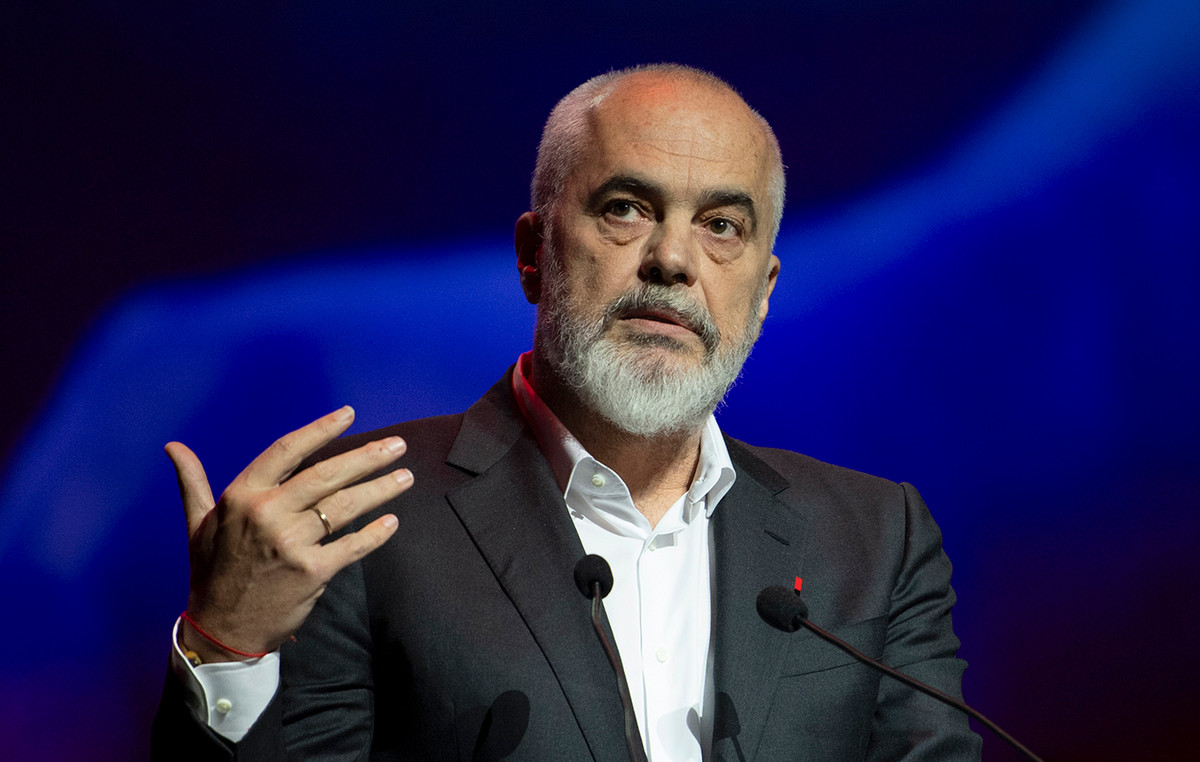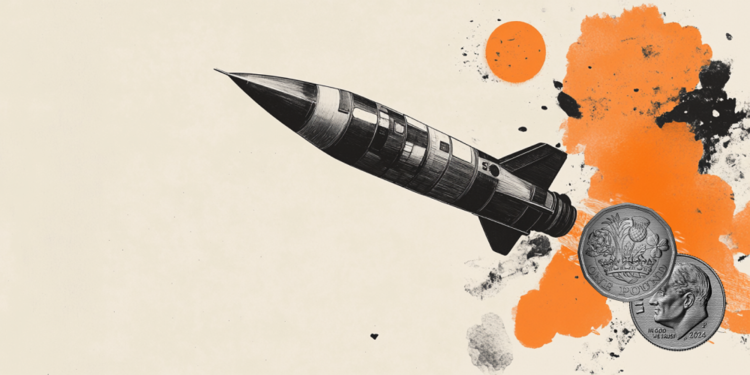After Russia invaded Ukraine, global oil prices soared dramatically. Just over a week ago, Brent crude jumped above $139 a barrel.
Analysts warned that prices could reach $185, then $200, as traders avoid Russian oil, further driving up inflation and adding enormous pressure to the global economy.
But there has been a rapid reversal since then. Brent oil futures, a global benchmark, closed sharply lower this Tuesday (15) – for the second time in a row this week – and contracts on the New York and London futures market returned to operate below the US$ 100 mark. barrel.
In addition to expectations for the resumption of peace talks, the Covid-19 outbreak in China has imposed uncertainty on global demand and put downward pressure on the commodity.
On the New York Mercantile Exchange (Nymex), the barrel of WTI oil scheduled for delivery in April fell 6.38% (US$ 6.57), to US$ 96.44, while Brent oil for May dropped 6.54% ($6.99) on the Intercontinental Exchange (ICE) at $99.91.
The unusually sharp pullback was driven by hopes that Saudi Arabia and the United Arab Emirates could increase oil supply and that demand from China could fall due to new coronavirus restrictions in major cities. This would ease the squeeze on the market.
However, analysts warn that we are not out of the woods yet. Oil is still trading significantly above what it costs to produce, and extreme swings are likely to persist at a time of enormous uncertainty.
“I wouldn’t rule out $200 a barrel just yet,” Bjørnar Tonhaugen, Rystad Energy’s head of oil markets, told me. “It’s too early.”
After the invasion, oil prices soared as traders began to view Russian oil exports as untouchable.
This has raised concerns about how this supply of between 4 and 5 million barrels a day could be replaced, especially as demand for fuel increases during the summer.
In the past week, however, investors appear to be considering whether they’ve gone too far, too fast. The UAE ambassador to Washington said the country wants to increase oil production, raising hopes that the Organization of Petroleum Exporting Countries, or OPEC, can intervene.
Meanwhile, Russia and Ukraine are still talking, even as the war continues.
Furthermore, China’s commitment to preventing the spread of Covid-19, which has led to a lockdown at the Shenzhen tech hub and new rules in Shanghai, could mean the country needs less energy in the short term.
China imports about 11 million barrels of oil a day.
“People have remembered that we are still in a pandemic,” said Tonhaugen.
The drop in oil prices helped keep gasoline prices from rising in the United States. They’ve stopped rising for now, though a gallon of gasoline still costs nearly $4.32 on average.
While $100 a barrel of oil is still extremely expensive, if prices stay in that range, it could ease some fears about a pick-up in inflation. Monetary policymakers would likely breathe a small sigh of relief.
But it is clear that investors remain uncertain as they process the effects of the Russian invasion. Russian crude is still being quoted at a massive $26 discount to Brent.
And analysts believe the direction of travel has been set. Giovanni Staunovo, an analyst at UBS, expects oil to trade at $125 a barrel by the end of June. For his part, Rystad Energy’s Tonhaugen thinks prices could still break records as the conflict unfolds.
“This is the silence before the storm,” he said.
Source: CNN Brasil
I am Sophia william, author of World Stock Market. I have a degree in journalism from the University of Missouri and I have worked as a reporter for several news websites. I have a passion for writing and informing people about the latest news and events happening in the world. I strive to be accurate and unbiased in my reporting, and I hope to provide readers with valuable information that they can use to make informed decisions.







